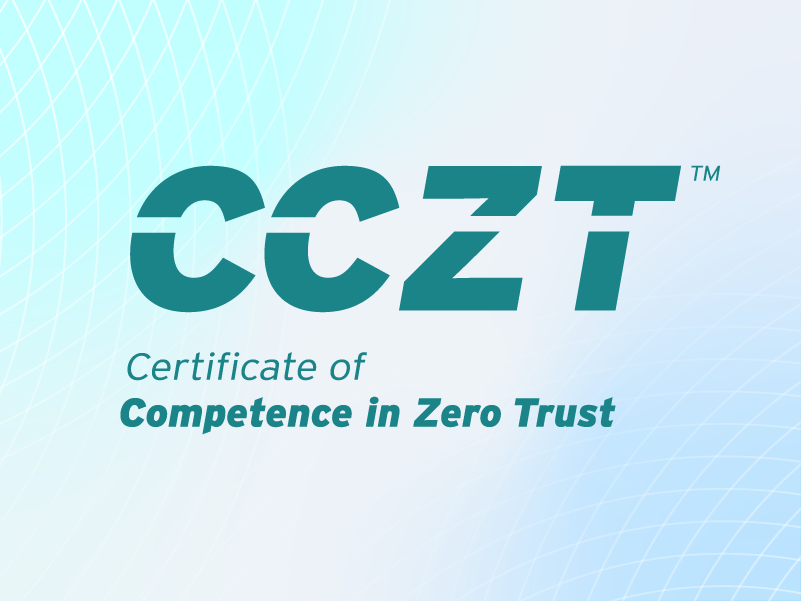The Missing Piece in GRC
Published 08/11/2025
In our last post, we explored how the governance, risk, and compliance (GRC) landscape is evolving and how AI is reshaping its future. This next phase is what we call GRC 4.0. While Generative AI (GenAI) has been around for years, its widespread accessibility has only taken off recently, especially following advancements in large language models (LLMs) made available to the public.
The result? An explosion of AI-powered tools designed to automate repetitive work and support cross-functional collaboration. And GRC is uniquely positioned to benefit from this transformation.

Microsoft CEO Satya Nadella recently predicted that AI agents will reshape the SaaS world entirely. Some have even called it the “Death of SaaS.” That may be bold, but one thing is clear: products that merely automate workflows will struggle in the agentic AI era.
For GRC, this presents both a challenge and an opportunity. It’s time to move beyond checklists and focus on proactive, risk-aware decision-making.
Why Move to GRC 4.0?
Today’s GRC platforms — let’s call them GRC 3.0 — have made important strides in automating compliance fundamentals. They’ve helped teams establish policies, centralize documentation, and reduce audit overhead.
Critics say this commoditizes compliance. But in reality, it raises the bar: empowering even lean teams to meet regulatory demands with confidence.
Still, most 3.0-era platforms rely on rigid, predefined workflows. They’re great for documentation. But they often fall short when real-world risk requires contextual judgment and timely action.
The Expertise Gap in GRC Tools

Two examples illustrate the limits of current systems:
Vendor Management
You can automate questionnaires and tracking, but identifying high-risk vendors, interpreting their responses, and following up on red flags still require manual analysis.
Policy Attestation
You can centralize documents and track completion, but employees still wade through dense policies, leading to misunderstandings, more helpdesk tickets, and slower onboarding.
These examples point to a common theme: automation alone isn’t enough.
Vertical Agents: The GRC Missing Link
In response, the industry is moving toward AI agents — software that doesn’t just automate tasks, but understands context, reasons across data, and takes initiative. But not all agents are built the same.
Horizontal LLMs (like ChatGPT or Claude) are built to be general-purpose. They’re powerful, but they’re not tailored to the unique demands of GRC.
Where General-Purpose LLMs Fall Short

- Hallucinations: Even a small error in a policy interpretation or risk score can have major implications. In GRC, there’s little room for guesswork.
- Loss of Context: Long-running processes like audits or risk assessments require memory. Horizontal LLMs often can’t retain sufficient context across steps or teams.
- No System Access: Horizontal agents can't offer meaningful, actionable support without integration into policy repositories, risk registers, ticketing systems, or evidence libraries.
- Poor Scalability: What starts as a clever LLM integration can become unmanageable over time, especially as compliance requirements expand or frameworks evolve.
The Case for Domain-Specific Agents

GRC workflows are not just checklists — they’re interdependent systems requiring precision, continuity, and institutional memory.
What’s needed now is an evolution from automated tools to vertical agents: AI designed specifically for GRC, with access to internal systems, fluency in regulatory language, and the ability to operate across security, risk, compliance, and privacy domains.
These agents won’t replace human judgment. But they’ll augment it by surfacing relevant evidence, suggesting next steps, flagging anomalies, and helping teams stay ahead of evolving risks.
Conclusion
As GRC shifts from a reactive function to an intelligent, always-on capability, traditional platforms will need to evolve — not just to automate faster, but to reason deeper.
The missing piece isn’t more tools — it’s context-aware intelligence, purpose-built for the complexity of GRC. That’s the promise of GRC 4.0.
Related Resources



Unlock Cloud Security Insights
Subscribe to our newsletter for the latest expert trends and updates
Related Articles:
The Internet is a Single Point of Failure
Published: 11/21/2025
Implementing CCM: Threat & Vulnerability Management Controls
Published: 11/21/2025



.jpeg)

.jpeg)
.jpeg)